Recently, I drove to Hertford, NC to visit the Newbold-White House while reflecting upon the antebellum-plantation-dotted landscape of my south Louisiana home. I visited many of them as part of curricular requirements and field trips in elementary and middle school with mixed feelings. Decades later, debates rage across the country on the importance of preserving historical monuments and institutions of the era of American slavery and the Confederacy. In a quiet and subtle way, this discussion continues each time we step foot on one of the era’s relics. As a result, such visits can be challenging ventures for those interested in colonial or antebellum history and architecture, or preservation, who inevitably must confront our nation’s history of colonialism and slavery even as we examine the cultural and technological advances associated with the era. 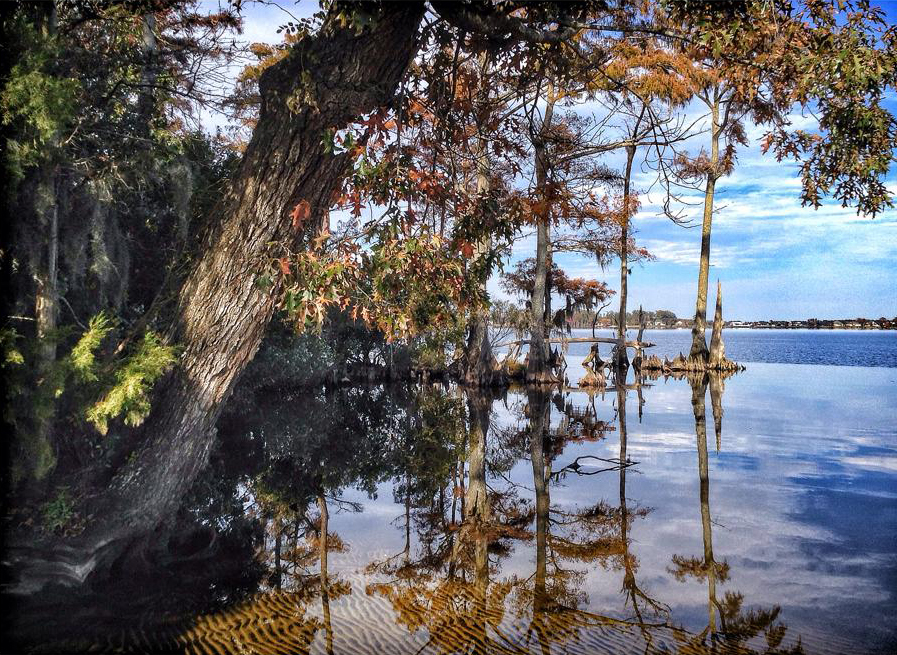 My visit to the Newbold-White House gave me an opportunity to consider that fiery debate at a quiet, capacious space with a well-kept recreation trail perfect for a contemplative walk full of reflections about how settlers and early Carolinians lived over 250 years ago (as well as full of the natural beauty of bald cypress trees and Spanish moss, hickory and walnut trees and Chinaberry bushes along the Perquimans River). My reservations evaporated as I learned about the great care and respect with which the home’s preservers have exhibited to tell its entire story—of Native Americans, colonists, Quakers, African slaves who lived and worked on this land, and of the community that assembled to ensure its story would be told to future generations.
My visit to the Newbold-White House gave me an opportunity to consider that fiery debate at a quiet, capacious space with a well-kept recreation trail perfect for a contemplative walk full of reflections about how settlers and early Carolinians lived over 250 years ago (as well as full of the natural beauty of bald cypress trees and Spanish moss, hickory and walnut trees and Chinaberry bushes along the Perquimans River). My reservations evaporated as I learned about the great care and respect with which the home’s preservers have exhibited to tell its entire story—of Native Americans, colonists, Quakers, African slaves who lived and worked on this land, and of the community that assembled to ensure its story would be told to future generations. 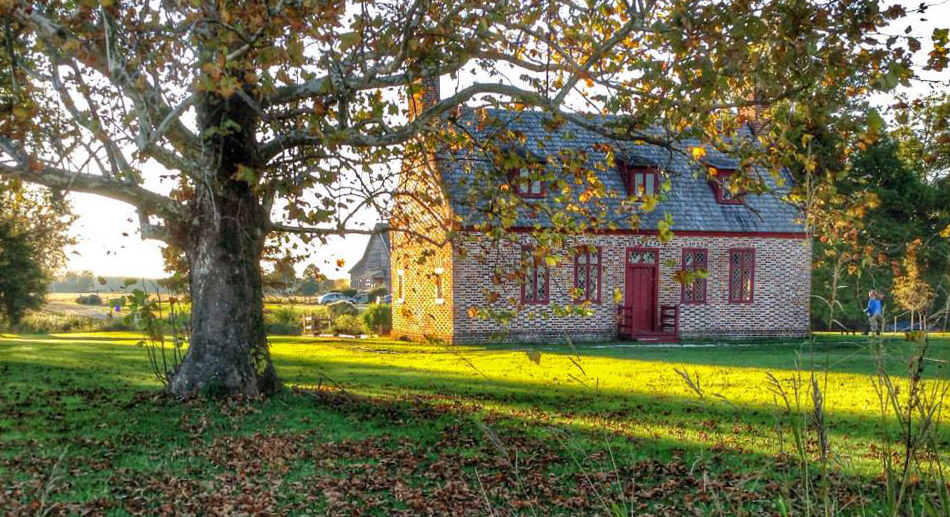 In the middle of the six-acre complex sits its crown jewel, a colonial Quaker homestead with its brilliantly-preserved bright red brick exterior contrasting starkly with the browns and greens and yellows of the surrounding land. Its simple brick exterior and small colonial-style vegetable and herb garden near the entrance just past the reproduction of an 18th century smokehouse in the foreground juxtaposes perfectly with the pastoral scenery of its surroundings—large trees, vast wide open fields, a substantial working vineyard, and acres of cotton fields. Though the site offers guided tours April-October each year and a staff of volunteers serve as docents and contributors, an informative brochure and a self-guided tour were perhaps exactly what I needed to learn, reflect, and reconsider the importance of preserving such institutions quietly and at my own pace. It is clear that the Perquimans County Restoration Association, the director of the Newbold-White House, is truly committed to providing thorough and well-considered and curated information about the house’s history and culture. This is done not only for visitors to the facilities (which include the restored colonial era home, but a visitors center/gift shop) but throughout the year through collecting, preserving, and interpreting “artifacts, furnishings, documents and other cultural materials” through their “museum, education program, letters, presentation, exhibits and public events” (from http://perquimansrestoration.org/Home.html).
In the middle of the six-acre complex sits its crown jewel, a colonial Quaker homestead with its brilliantly-preserved bright red brick exterior contrasting starkly with the browns and greens and yellows of the surrounding land. Its simple brick exterior and small colonial-style vegetable and herb garden near the entrance just past the reproduction of an 18th century smokehouse in the foreground juxtaposes perfectly with the pastoral scenery of its surroundings—large trees, vast wide open fields, a substantial working vineyard, and acres of cotton fields. Though the site offers guided tours April-October each year and a staff of volunteers serve as docents and contributors, an informative brochure and a self-guided tour were perhaps exactly what I needed to learn, reflect, and reconsider the importance of preserving such institutions quietly and at my own pace. It is clear that the Perquimans County Restoration Association, the director of the Newbold-White House, is truly committed to providing thorough and well-considered and curated information about the house’s history and culture. This is done not only for visitors to the facilities (which include the restored colonial era home, but a visitors center/gift shop) but throughout the year through collecting, preserving, and interpreting “artifacts, furnishings, documents and other cultural materials” through their “museum, education program, letters, presentation, exhibits and public events” (from http://perquimansrestoration.org/Home.html). 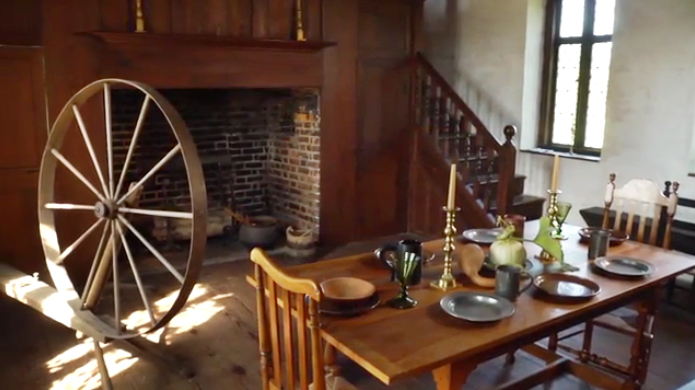 The house also has an inspirational story of its own, beyond its preservation for antiquity of colonial and plantation life in the Carolinas. In the past 50 years, citizens of Perquimans County have had the home studied by scholars and formed non-profit organizations and lobbied for local and state government support to gain recognition for the home. The Perquimans County Chamber of Commerce and the Perquimans County Historical Society formed the Perquimans County Restoration Association which later successfully petitioned to have the home listed on the National Register of Historic Places in 1971 and later raised enough funding to purchase the six acres that included the house. Through careful public records and artefactual research and attention to detail, they spent nearly a decade working with archivists, architects, and historians to restore the home to its late 17th century appearance, with period furnishings, repaired woodwork, bricks, windows, and shingles and applying modern fixtures to provide insulation, reinforcement, and reduce dampness and mold. They took as much care to replace woodwork and shingles using the era’s technology and cypress logs from the home’s native location before formally opening in 1981. Notably, it is the oldest brick plantation house of its kind available to the public in North Carolina.
The house also has an inspirational story of its own, beyond its preservation for antiquity of colonial and plantation life in the Carolinas. In the past 50 years, citizens of Perquimans County have had the home studied by scholars and formed non-profit organizations and lobbied for local and state government support to gain recognition for the home. The Perquimans County Chamber of Commerce and the Perquimans County Historical Society formed the Perquimans County Restoration Association which later successfully petitioned to have the home listed on the National Register of Historic Places in 1971 and later raised enough funding to purchase the six acres that included the house. Through careful public records and artefactual research and attention to detail, they spent nearly a decade working with archivists, architects, and historians to restore the home to its late 17th century appearance, with period furnishings, repaired woodwork, bricks, windows, and shingles and applying modern fixtures to provide insulation, reinforcement, and reduce dampness and mold. They took as much care to replace woodwork and shingles using the era’s technology and cypress logs from the home’s native location before formally opening in 1981. Notably, it is the oldest brick plantation house of its kind available to the public in North Carolina. 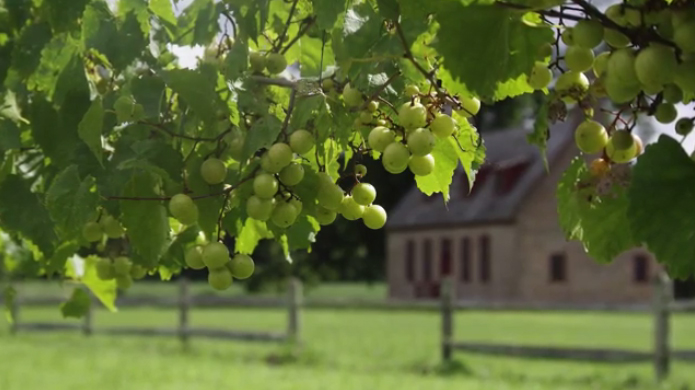 The self-guided tour brochure tells the story of Joseph Scott, the property’s first owners, and the family of Abraham and Judith Sanders, the home’s original builders, as well as the slaves who worked and lived there, the surrounding farm (cotton, flax, tobacco, wheat, and rice), fields which sustained livestock including oxen, horses, cows, and hogs, and the 1730 Vineyard, which still produces muscadines and fox grapes. Another attractive draw, every Saturday in September for $5/qt or $25/5 gal bucket, visitors can pick grapes at the vineyard (though, while not interpreted as originally part of the plantation, is quite lovely). Historical markers note important individuals who lived on the property or contributed to its preservation, and the PCRA home near the property’s entrance also houses a gift shop with many crafts and products offered in the colonial style by local and regional artisans (http://perquimansrestoration.org/uploads/Newbold_White_House_Catalog.pdf).
The self-guided tour brochure tells the story of Joseph Scott, the property’s first owners, and the family of Abraham and Judith Sanders, the home’s original builders, as well as the slaves who worked and lived there, the surrounding farm (cotton, flax, tobacco, wheat, and rice), fields which sustained livestock including oxen, horses, cows, and hogs, and the 1730 Vineyard, which still produces muscadines and fox grapes. Another attractive draw, every Saturday in September for $5/qt or $25/5 gal bucket, visitors can pick grapes at the vineyard (though, while not interpreted as originally part of the plantation, is quite lovely). Historical markers note important individuals who lived on the property or contributed to its preservation, and the PCRA home near the property’s entrance also houses a gift shop with many crafts and products offered in the colonial style by local and regional artisans (http://perquimansrestoration.org/uploads/Newbold_White_House_Catalog.pdf). 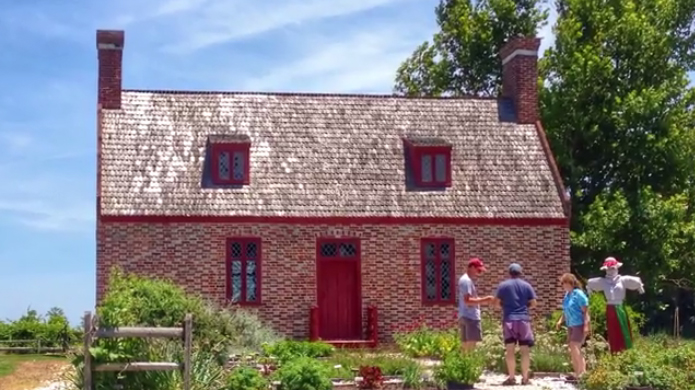 Only a 20-minute drive from Elizabeth City, located at 151 Newbold-White Rd. in Hertford, guided and group tours are available Thursday-Sunday from 10 am-4 pm, April-October and the recreational trail is open year-round. The cost of the guided tour is $5.50/adult, $3.50 per child under 18, and kids 6 and under are admitted free. The home is the occasional host of local and community events and is also available for reservation. A small friends society provides private contributions to support the PRCA and volunteers interested in serving as a docent or researcher are sought. Call 252.426.7567 for more information.
Only a 20-minute drive from Elizabeth City, located at 151 Newbold-White Rd. in Hertford, guided and group tours are available Thursday-Sunday from 10 am-4 pm, April-October and the recreational trail is open year-round. The cost of the guided tour is $5.50/adult, $3.50 per child under 18, and kids 6 and under are admitted free. The home is the occasional host of local and community events and is also available for reservation. A small friends society provides private contributions to support the PRCA and volunteers interested in serving as a docent or researcher are sought. Call 252.426.7567 for more information.
For more information about the attractions in Elizabeth City and our surrounding area, take a look at our Things to Do section on our website.
 Will Broussard is a higher education administrator, professor, and essayist. He recently moved to Elizabeth City from Acadiana (a heavily Black creole and French-influenced region of south Louisiana). His essays, op-eds, and reflections on college writing, HBCU leadership, college athletics, and Louisiana politics have appeared in peer-reviewed journals, magazines, newspapers, and least-interestingly (but much more snarkily) on his Twitter feed (@DeadLecturer).
Will Broussard is a higher education administrator, professor, and essayist. He recently moved to Elizabeth City from Acadiana (a heavily Black creole and French-influenced region of south Louisiana). His essays, op-eds, and reflections on college writing, HBCU leadership, college athletics, and Louisiana politics have appeared in peer-reviewed journals, magazines, newspapers, and least-interestingly (but much more snarkily) on his Twitter feed (@DeadLecturer).
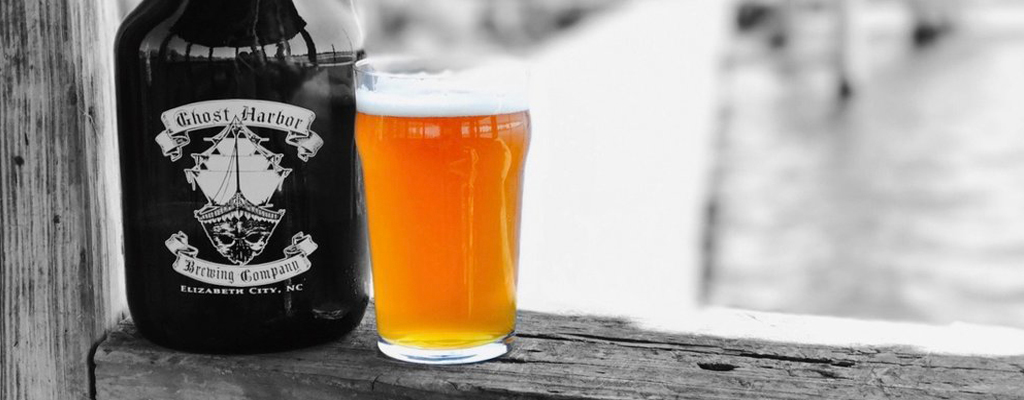
One step inside Ghost Harbor and I observed a detailed and considered décor that is comfortable and modern, belying its more humble early to mid-20th century “historic downtown main street” exterior appearance.... READ MORE

Hertford's hometown hero, Jim "Catfish" Hunter 15 year career, pitching for the Kansas City/Oakland A’s and the New York Yankees... READ MORE
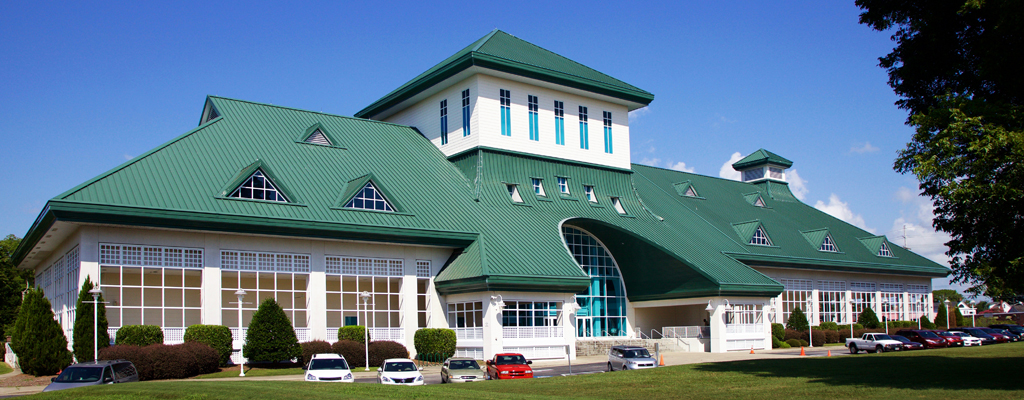
Museum of the Albemarle (MoA) is an archetypal museum and one that should inspire not only its nearest neighbors in Elizabeth City, but folks across the Northeastern North Carolina region that shares its namesake (as well as travelers passing through).... READ MORE